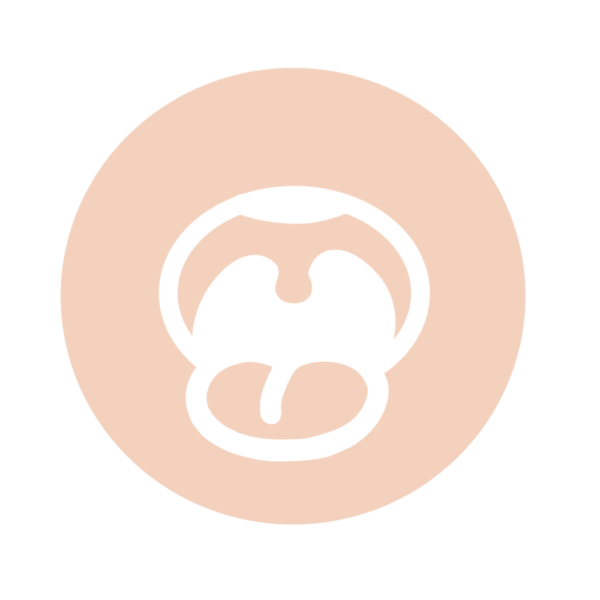Herpangina
Baby health

Herpangina is a common childhood illness caused by a virus. Herpangina is characterized by small, blister-like ulcers on the roof of the mouth and in the back of the throat. The illness is similar to hand, foot, and mouth disease.
Difference to hand, foot, and mouth disease
Herpangina causes ulcers only at the back of the mouth, while hand, foot and mouth disease causes blisters on any combination of the hands, feet and mouth. Both illnesses are caused by the Coxsackie virus.
Symptoms of herpangina
The most common signs include:
- Blister-like bumps in the mouth
- High fever
- Sore throat
- Headache
- Neck pain
- Swollen lymph glands
- Difficulty in swallowing
- Loss of appetite
- Drooling
Treatment of herpangina
Herpangina cannot be treated or cured, but medicines can help ease symptoms and possibly speed up how long they are present. Normally, the body’s immune system produces antibodies to fight off the infection and the symptoms will disappear on their own within a week to 10 days. Antibiotics are not useful for viral infections.
How to reduce the pain?
These remedies may help your child ease the pain or reduce symptoms:
- Mouth-washing with warm water and salt can relieve pain and sensitivity in the mouth and throat
- Increased fluid intake is important for your child to drink plenty of fluids during recovery, especially cool milk or water.
- Bland foods such as vegetables, rice, bananas are better than spicy, fried, salty, or acidic foods, which can make the pain worse
How to stop Herpangina from spreading
Children with Herpangina should not go to school or play with other children who could get infected. Also make sure your child and other family members are washing their hands often and properly to prevent the spread of infection to other children.
Verified:
Dr. Wanwadee Sapmee Panyakat (OB-GYN), license no. 41208 (25 March 2020)



